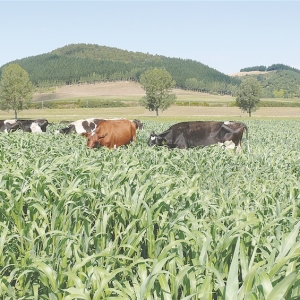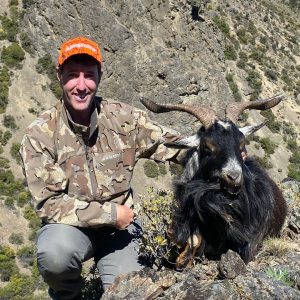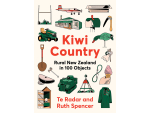If it’s feed for cattle you need, with some flexibility about when to use it, then a sorghum-sudan grass hybrid such as Pioneer brand Bettagraze is worth considering, provided you’re in one of the warmer parts of the country.
“It’s a good option if you’ve had a small seed crop fail for whatever reason because the bigger seed means you can drill it at depth where it will find moisture and germinate,” explains Pioneer’s forage and nutrition specialist Raewyn Densley.
Another scenario where it fits the bill is where a paddock has been taken for silage then cultivated or sprayed out ready for reseeding. Rather than risk sowing a small seed such as a brassica or grass which won’t germinate without rain, Bettagraze drilled into the moisture will bounce out of the ground and be ready for a first cut or graze within a couple of months.
“Depending on the conditions it can be as little as five-six weeks until your first cut, which will give you 3-4tDM/ha, and then you can take another a month later, and another a month after that. Usually you will get three-five cuts depending on the season and the growing environment.”
That flexibility to graze or ensile is another advantage over brassica, Densley points out. “If you don’t need it, you don’t have to feed it. With brassicas, the years they grow best are the years you don’t really need the feed but you’ve got to use them regardless or they go to waste.”
At 10-10.5MJME/kgDM the Bettagraze is only a moderate quality feed so that needs to be taken into account when allocating stock to use it, but what it lacks in quality it should make up in quantity.
However, a key point is not to let it get too tall, stresses Densley. “If you let it get as high as the tractor cab then the feed quality is not going to be good at all. For grazing, we say put stock in when it’s thigh height and take them out when it’s down to gumboot height. For ensiling don’t let it get taller than 1.2m and cut it at 15cm.”
That residual height is important as the growing tip is above ground. Shaving it off as you would for grass silage will kill the plant.
Using a mower conditioner will help get moisture out of the stems and make for a better silage and/or shorter wilt.
“How long it needs to wilt will depend on the crop density and temperature but normally it needs one-three days.”
Sowing at the higher end of the 25-45kg/ha seed rate range will also make for a faster wilt and higher quality silage, as there are more, thinner stems.
More seeds/ha also means quicker canopy closure helping shut out weeds, a point worth noting given there are no herbicides registered for use in the crop. Good seedbed preparation and rapid establishment means weeds are less likely to be a problem with the crop in any case, she adds.
Overall establishment cost typically comes in at $1100-1200/ha, much less than maize. While the latter can yield up to twice as much, it’s a one-hit crop which won’t solve a feed pinch in summer unless you have forward planned and have maize silage carried over from the previous growing season.
Densley stresses that leaving the Bettagraze to go to seed with a view to taking a maize-type silage isn’t an option. “It would be very poor feed quality and you may never get a decent seed head on it.”
The crop’s been available for over a decade but summer dries are seeing it increase in popularity, mostly north of Taupo and the odd pocket in other areas such as Hawkes Bay, and even some warmer corners of Canterbury.
Key Points - Bettagraze Sorghum-sudan grass hybrid
Late spring sowing option in warmer areas.
Can be sown deep into moisture.
Provides fast, moderate quality feed.
Multi-graze or take several silage cuts.
Do not allow to grow too tall.

















